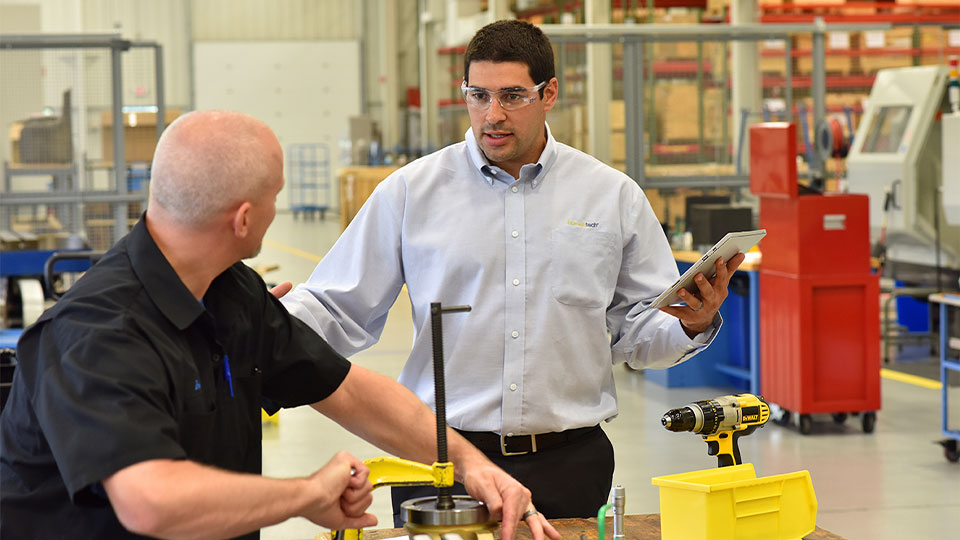by Rick Barker, CPE, Principal Solutions Strategist
I’ve been doing ergonomics for the last 3 decades. It would be easy for me to conclude that I’ve “seen that and done that” whenever I do an ergonomics job assessment. However, one lesson that I have learned over that time is that there is no substitute for doing the job yourself.
Even if I didn’t learn something new from doing the job, being willing to do the job places me in a vulnerable position. It changes the entire dynamic of the assessment that I’m performing. I’m no longer the expert with all the answers, I’m the newbie struggling to do the job right. The person doing the job can show their knowledge and expertise. It becomes clear to both of us that they know more about this job than I do. That shift in the dynamic encourages people to be more open about what they experience on a daily basis in the job, including any challenges to doing the job right and ideas for improving the job.
Honestly, even after 30 years of ergonomics experience, I learn something new every time I do the job myself. Experienced operators often make a job look easy. They have often found methods to work around difficult tasks. They’ve learned alternatives to the standard work that allow them to complete the job more easily. The best way to uncover these opportunities that I’ve found is to do the job myself. The force that might look minimal often requires more effort than you thought. The process defined in the work instruction might not describe what actually needs to be done to perform the job.
Doing the job yourself provides strong benefits:
- There isn’t a better way to understand the job requirements than to do the job yourself.
- It allows you to ask about specific tasks within the job. By understanding the job better, you can ask more relevant questions and better uncover the root causes for existing ergonomics deficiencies.
- It establishes the person doing the job as the expert and reinforces that you are there to learn.
How to Get Employee Buy-In for Ergonomics Improvements
I’m often asked by ergonomics team leaders and members for ideas about how to get their employees to accept the improvements put in place by the ergonomics team. Managing a change process is a complex topic, but two of the most successful elements I’ve seen that influence the sustainability of improvements are engaging the person doing the job from the start and showing your commitment to understanding the job by performing the job yourself.
When you do the job yourself:
- Every task you struggle to complete correctly or in a timely manner identifies an opportunity for improvement.
- Every question you ask brings you closer to understanding the root cause of the problem.
- Every mistake you make, or defective part you produce, empowers the person doing the job to share more openly with you.
Take every opportunity to do a job yourself. Doing the job helps you understand the job better than simply watching it. It will give you better questions to ask about the job, and perhaps most importantly, learning — or at least trying— to do the job demonstrates your commitment to understanding and fixing the job. Doing so increases the credibility of your improvement ideas, which increases the willingness of operators to try new ways of doing the job.
One easy, impactful way to improve your ergonomics assessments, and your entire job improvement process, is to start doing the job yourself.
